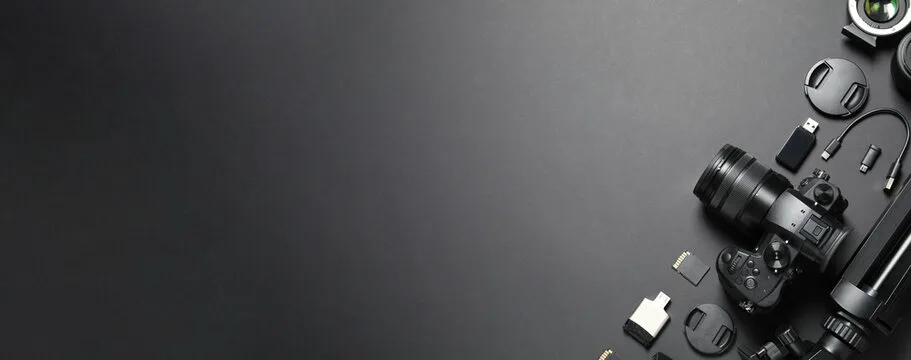
Blog
Are Cine Cameras Really Worth the Investment?

Are Cine Cameras Really Worth the Investment?
Choosing between a cine camera and a non-cine camera can be a significant decision when looking for a new camera. While the choice is often clear for those who focus solely on video, it’s more complex for hybrid shooters. Cine cameras offer impressive video capabilities, but with today’s DSLR and mirrorless cameras providing video specs that rival top cine cameras, is it truly necessary? This article will explore the key differences between cine and non-cine cameras, guiding you to make the best choice for your needs.
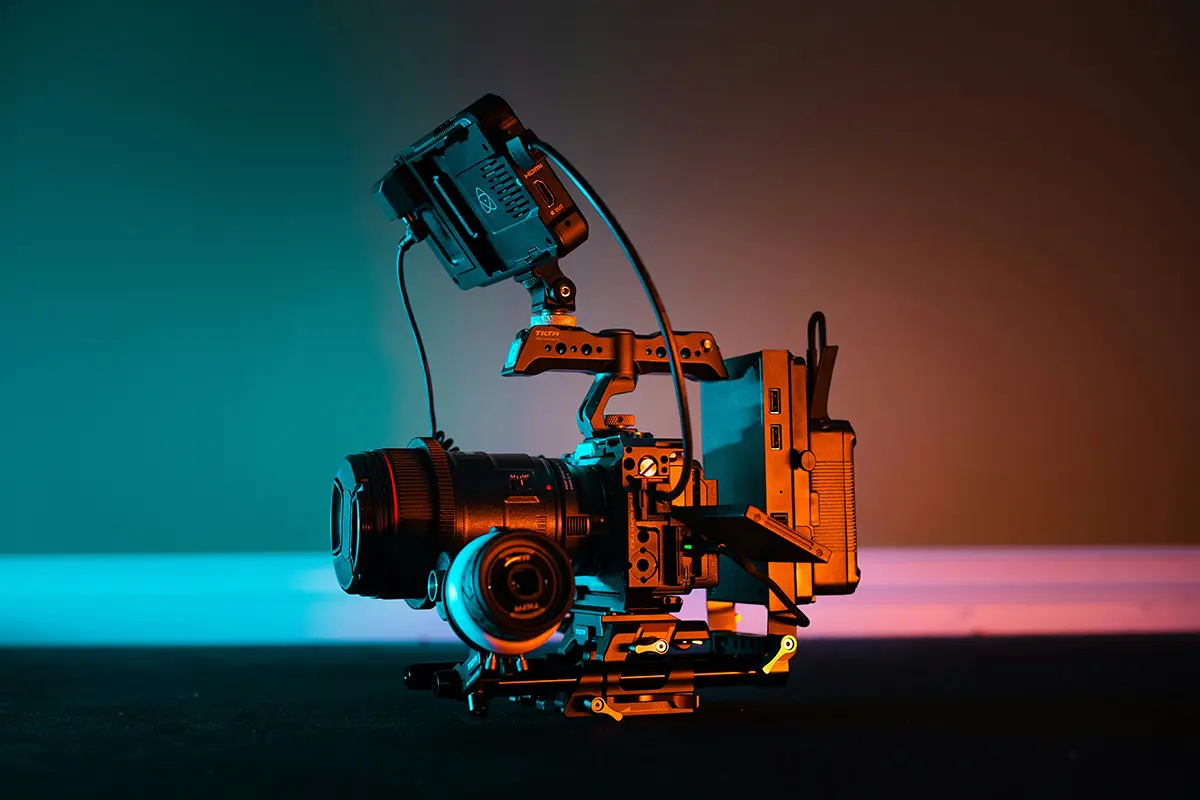
Key Features of a Cine Camera
Although video resolution often takes the spotlight when it comes to new cameras, there are several other crucial specifications that don’t get as much attention. Features like dual native ISOs, internal fans, focus points, and more should be taken into account when selecting a cine camera. In this article, we’ll dive into these features, explaining what they are and why they are important.
Dual-Native ISO
Dual-native ISO refers to cameras that offer two different base ISO levels with minimal noise. This feature is essential for videographers as it allows for cleaner footage. For example, a camera with dual native ISOs of 800 and 12800 will provide a cleaner image at ISO 12800 compared to ISO 3200. If you often shoot in low-light conditions, having a second native ISO can significantly improve your video quality at higher ISOs, which was previously difficult to achieve.
Internal Fan
Unlike standard DSLR and mirrorless cameras, which usually don’t have an internal fan since their sensors rarely overheat, cine cameras are almost always equipped with fans. If you plan to shoot long video clips, particularly at high resolutions or frame rates, an internal fan is crucial to keep the camera cool and prevent it from shutting down. For documentary filmmakers and interview videographers, an internal fan is essential for longer shooting sessions.
Focus Points
The number of focus points is a vital feature of cine cameras. While photographers can manage with fewer focus points, videographers often need a camera with superior autofocus performance, especially since scenes can change quickly and there may only be one chance to capture the perfect shot. Generally, having 500+ focus points that cover at least 85% of the frame is ideal.
Video Resolution
While most high-end cameras shoot in 4K, it’s also important to consider the frame rates at each resolution. To capture slow-motion footage, you’ll need a higher frame rate. Many top-tier cine cameras allow 4K shooting at 120 frames per second, and some can even shoot at up to 240 frames per second. At these high resolutions and frame rates, an internal fan is necessary to prevent the camera’s sensor from overheating and shutting down.
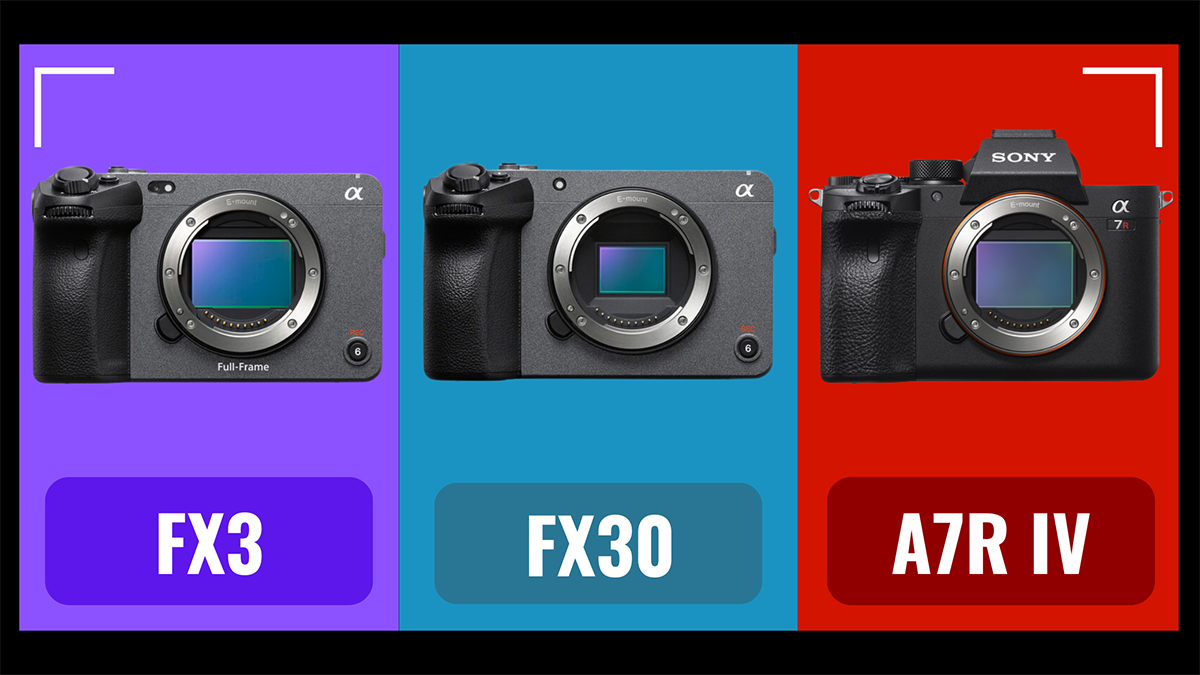
Sony FX3 (Cine) vs Sony FX30 (Cine) vs Sony A7R IV (Non-Cine)
Among the most popular Sony cameras on the market, the FX3, FX30, and A7R IV are often compared due to their distinct features. The Sony FX3 provides cine features in a full-frame body, while the FX30 offers similar cine features with a crop sensor. The Sony A7R IV, however, is not a cine camera but delivers impressive specs in a full-frame design. But does the A7R IV stand a chance against the FX series when it comes to video performance?
Are Cine Cameras Really Worth the Investment?
Similarities
All three cameras share similarities in size, weight, and focus points. While the A7R IV and FX30 have a few more focus points than the FX3 (759 vs. 627), the difference is minimal when shooting in practice. Battery life is also comparable across all three models, as they all use the same battery.
Differences
Both the FX3 and FX30 can shoot in 4K at 120p, while the A7R IV is limited to 4K at 60p. This difference is significant for those looking to capture slow-motion footage for their projects. Furthermore, the cameras feature different dual native ISOs, with the FX3 offering the best performance. With dual native ISOs of 800 and 12800, the FX3 excels in low-light conditions, capturing high-quality footage. The cine cameras also include internal fans, enabling longer recording times without the risk of overheating or shutdown.
| Camera Specs | Sony FX3 | Sony FX30 | Sony A7IV |
|---|---|---|---|
| Sensor Size | Full Frame | APS-C | Full Frame |
| Megapixels | 12.1 MP | 26.0 MP | 33.0 MP |
| Video Resolution | 4K/120p (1.1x Crop) | 4K/120p (1.6x Crop) | 4K/60p |
| Battery Life | 600 Shots | 570 Shots | 580 Shots |
| Color Sensitivity | 24 bits | 10 bits | 25.4 bits |
| Focus Points | 627 | 759 | 759 |
| Dual Native ISOs | 800 / 12800 | 800 / 2500 | 800 / 3200 |
| Weight | 1.58lbs/715g | 1.42lbs/646g | 1.45lbs/659g |
| Internal Fan | Yes | Yes | No |
Who Should Buy a Cine Camera?
Cine cameras are designed primarily for professional videographers or serious prosumers. While non-cine cameras can produce high-quality video for most creators, cine cameras remain the preferred choice for achieving the cinematic look that many desire. If your goal is to shoot longer cinematic videos or interview-style footage, a cine camera with an internal fan is essential. For those who prioritize top-tier video specs and need the highest quality footage, a cine camera is the best option.
Who Should Buy a Non-Cine Camera?
Non-cine cameras, such as the Sony A7IV, are among the most popular cameras globally, and for good reason. They are fantastic for photographers, and hybrid shooters will find them more than capable of handling video needs while excelling in still photography. If you find yourself shooting as many photos as videos and aren’t involved in producing professional interviews or documentaries, a non-cine camera will meet all your creative needs and more.
Choosing between a cine and non-cine camera is a significant decision, as the right camera body is something you’ll rely on for years. Both types offer competitive specs, which can make the choice difficult. The insights from this article should help you determine if a cine camera suits your needs. Keep in mind, however, that a camera is just a tool—maximizing its potential requires experience and consistent practice in the field.
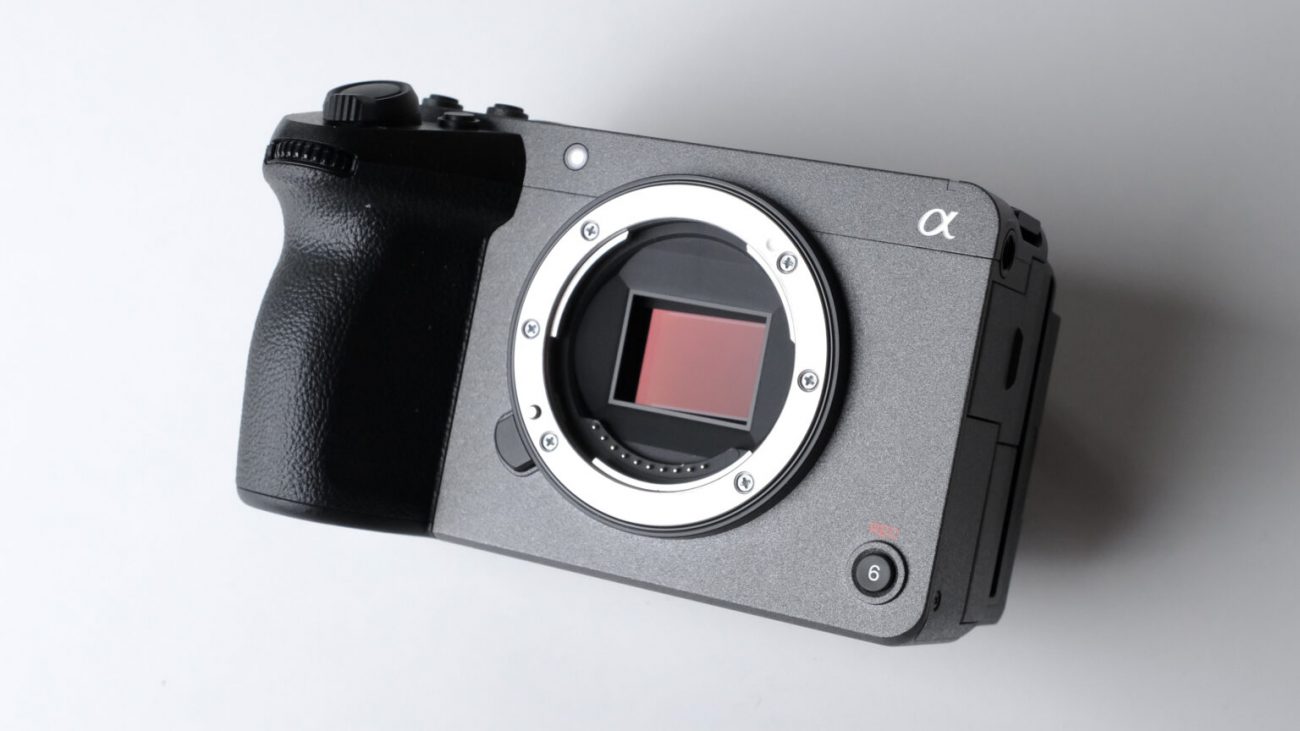
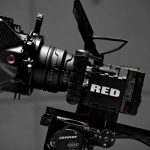 Cinema Cameras
Cinema Cameras Pro Camcorders
Pro Camcorders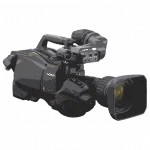 System Cameras
System Cameras Drones
Drones